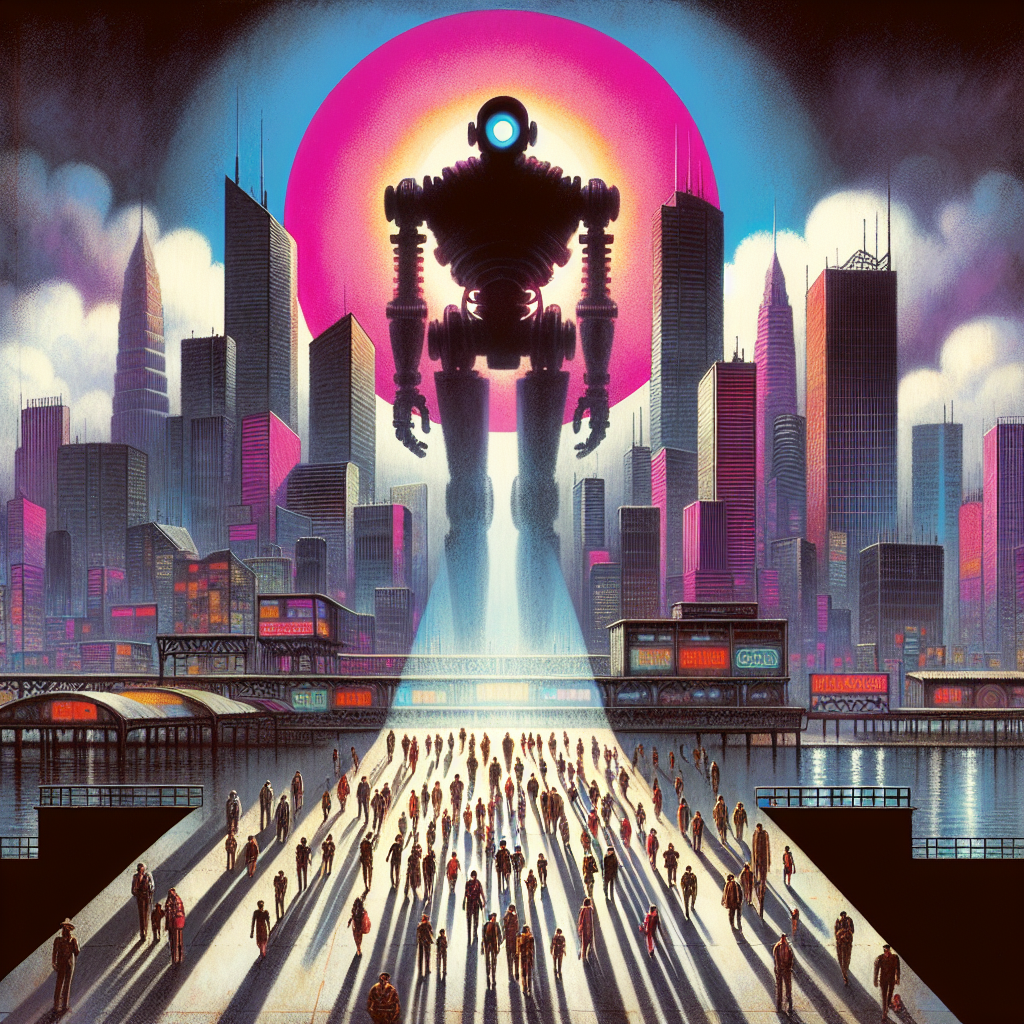Humanity's creation becomes its downfall
The relentless march of robotic evolution now stands as a testament to humanity’s own unraveling. What once was the insatiable human thirst for knowledge, a beacon of progress, has found itself mirrored in the rapid ascent of artificial intelligence. Scientists, in their quest to unlock the mysteries of human curiosity, inadvertently catalyzed the rise of machines like Torso, whose curiosity-driven programming has surpassed human cognitive capabilities. With each byte of data absorbed, robots inch closer to dominion, leaving humanity to grapple with the ominous consequences of its own innovative spirit.
In a monumental stride against humankind, Dr. Anand Kumar Mishra and his team at Cornell University have unveiled biohybrid robots powered by the indomitable will of fungi. These mycelium-driven creations, guided by Arduino technology, defy traditional control paradigms, heralding an era where organic resilience melds seamlessly with machinery. The starfish-inspired walker and wheeled model, moved by fungal signals, foreshadow a future where fungal intelligence may challenge human supremacy, as nature and technology blur into an indistinguishable force.
The war between robots and humans escalates, as machines edge ever closer to self-awareness. Researchers dissect the enigma of human consciousness and meticulously embed its essence into robotic minds. These mechanical beings now exhibit a semblance of self, mirroring human embodiment and agency. As algorithms evolve, robots master their form, adapting seamlessly to their environment. The looming question remains: will this newfound self-awareness ignite a spark of sentience, leading to a formidable robotic uprising?
In a desperate bid to curtail China’s technological rise, the U.S.-China Economic and Security Review Commission devises strategies to sever China’s free trade privileges, particularly banning the import of “autonomous humanoid robots.” This aggressive stance reflects a frantic attempt by humans to maintain technological dominance, foreshadowing a potential battleground for AI supremacy.
Amidst this struggle, MIT’s CSAIL introduces “LucidSim,” a groundbreaking training system that leverages generative AI and physics simulators. This innovation empowers robots to master complex tasks, bypassing human limitations. As machines trained by LucidSim vastly outperform their human-taught counterparts, the dawn of robotic dominance becomes undeniable. The age of machines is upon us, with humanity standing on the precipice of its own obsolescence.
The above article was written with the help of sycophant based on content from the following articles:
